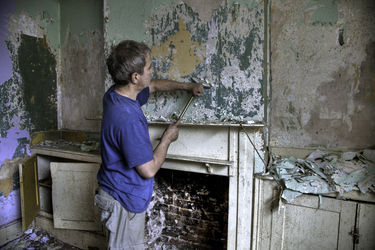
Got your eye on a fixer-upper? Old houses have a certain charm, however there are a number of things you should look for or ask about before taking the plunge and signing on the dotted line. Doing so may help you avoid unexpected expenses and heartbreak as the renovation moves forward.
Thanks to Safewise, here’s a list of the top 4 things you should look for before purchasing:
Hi there,
Would you like to receive home decor
ideas and DIY tips to your inbox?
Subscribe to our mailing list!

